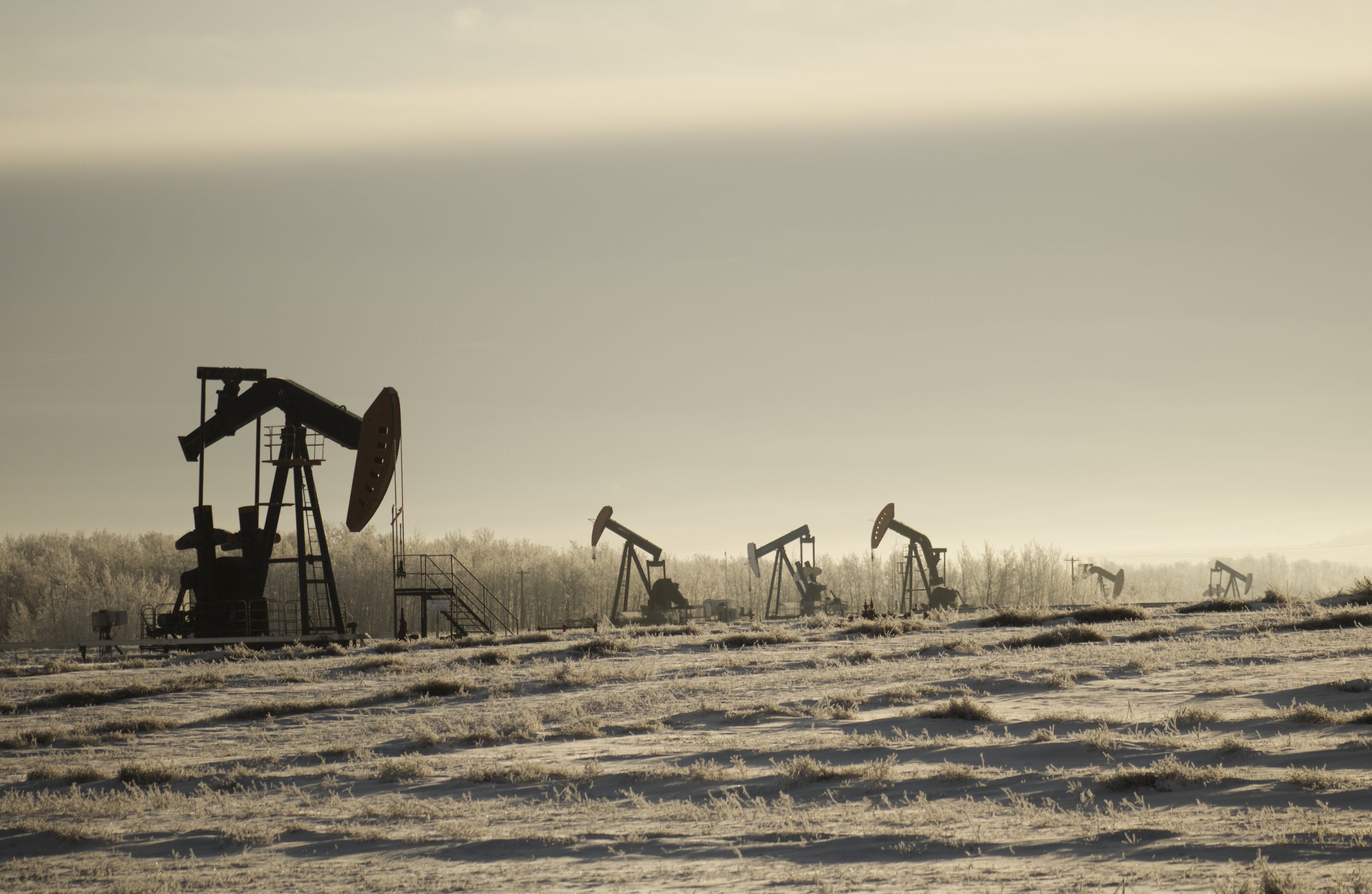Donald Trump’s presidency was a rollercoaster for global trade, and his trade policies had ripple effects across industries. Commodities—like oil, soybeans, steel, and gold—were at the center of the storm. From tariffs to trade wars, Trump’s actions shaped commodity prices and left traders wondering what’s next.
If you’ve ever wondered how these policies impacted commodities or what the future might hold, you’re in the right place. We’ll break it down simply and explore how tools like FXpricing can help you stay ahead of the curve.
Why Trump’s Trade Policies Mattered
Let’s face it—trade policies directly impact commodities. Why? Because these raw materials are often at the heart of international trade.
- Tariffs affect prices: Higher tariffs can make imports more expensive, influencing demand and prices.
- Global supply chains are disrupted: Policies like trade wars change how goods move between countries.
- Investor sentiment shifts: Political uncertainty pushes investors toward safer or riskier commodities.
Trump’s Key Trade Policies
The U.S.-China Trade War
This was a defining feature of Trump’s presidency. Billions of dollars in tariffs were slapped on goods traded between the U.S. and China.
How It Affected Commodities
- Soybeans: China imposed tariffs on U.S. soybeans, leading to oversupply and lower prices. Farmers felt the squeeze, and exports dropped.
- Oil: Trade tensions created uncertainty, leading to fluctuating oil prices.
- Gold: As a safe-haven asset, gold prices rose during periods of heightened trade war tensions.
Steel and Aluminum Tariffs
Trump imposed tariffs on steel and aluminum imports, aiming to protect U.S. manufacturers.
Impact on Prices
- Steel and aluminum prices rose initially due to reduced competition.
- Industries relying on these materials, like automotive and construction, faced higher costs.
Renegotiating NAFTA (Now USMCA)
Trump replaced NAFTA with the United States-Mexico-Canada Agreement (USMCA), which had implications for agricultural commodities and manufacturing.
Agricultural Impact
- U.S. farmers gained better access to Canadian dairy markets, slightly easing the pressure from the trade war with China.
- Corn and wheat producers saw modest benefits from the agreement.
How Commodities Traders Reacted
Increased Volatility
Trump’s trade policies often led to sudden price swings in commodities. For traders, this volatility created opportunities—and risks.
Shift in Trading Strategies
- Diversification: Traders spread their investments across multiple commodities to minimize risk.
- Real-Time Data Dependence: Platforms like FXpricing became essential for tracking price movements and analyzing trends.
The Role of FXpricing
For commodities traders navigating Trump-era policies, FXpricing was a game-changer. Here’s why:
- Live Commodity Prices: FXpricing provides real-time rates for commodities like oil, gold, and agricultural products.
- Market Analysis: Stay informed about how global events, like trade wars, impact commodity markets.
- Customizable Dashboards: Compare commodities with forex, stocks, or cryptocurrencies to identify profitable opportunities.
Whether you’re an investor or a trader, having reliable data at your fingertips is key to making informed decisions.
Personal Take: A Mixed Bag for Commodities
Looking back, I’d say Trump’s trade policies were a mixed bag for commodities.
The Good:
- U.S. steel and aluminum producers saw short-term benefits from tariffs.
- Safe-haven assets like gold thrived during uncertainty.
The Bad:
- Farmers struggled due to falling soybean prices and lost export markets.
- Increased costs for industries relying on imported raw materials hurt profits.
For traders, these ups and downs highlighted the importance of staying informed and flexible.
What’s Next for Commodities?
The effects of Trump’s policies are still felt today, but new challenges are on the horizon.
- Global Trade Relationships:
Will the U.S. and China continue to mend their relationship, or will tensions flare up again? - Sustainability Trends:
The push for renewable energy and sustainable farming practices could reshape commodity markets. - Technological Advancements:
Tools like FXpricing are making it easier for traders to adapt to changing market conditions and spot new opportunities.
FAQs
Q1: How did Trump’s trade policies impact commodities?
Trump’s tariffs and trade wars disrupted global supply chains, leading to price swings in commodities like soybeans, oil, and steel.
Q2: Why did gold prices rise during Trump’s presidency?
Gold prices increased as investors turned to it as a safe-haven asset during periods of uncertainty caused by trade wars and geopolitical tensions.
Q3: How can traders manage commodity market volatility?
Traders can manage volatility by diversifying their portfolios and using tools like FXpricing for real-time data and analysis.
Q4: What is the future of commodities after Trump?
The future depends on factors like global trade relationships, sustainability trends, and technological advancements.Q5: How does FXpricing help commodities traders?
FXpricing offers live commodity prices, market insights, and customizable dashboards, helping traders stay ahead in volatile markets.




